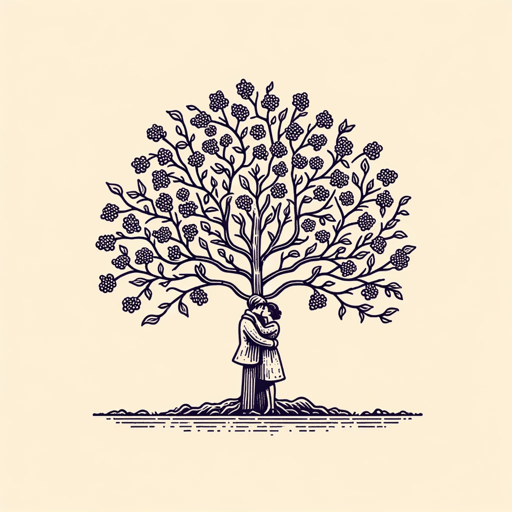85 pages • 2 hours read
Willa CatherO Pioneers!
Fiction | Novel | Adult | Published in 1913A modern alternative to SparkNotes and CliffsNotes, SuperSummary offers high-quality Study Guides with detailed chapter summaries and analysis of major themes, characters, and more. For select classroom titles, we also provide Teaching Guides with discussion and quiz questions to prompt student engagement.
Symbols & Motifs
Winter
Because this novel deals so much with the power of nature and humanity’s relationship to it, seasons are important symbols of human cycles of development. Winter symbolizes peace and self-reflection—a time to prepare for the bustle and regrowth of spring. It is during the brutal Nebraskan winter months that Marie withdraws into her unhappiness. It is also during these months that Alexandra contemplates her own loneliness. Both women look forward to the inevitable thaw. More practically, winter impedes farming and community-building, so the fact that Hanover survives the cold season demonstrates that it has become an unstoppable town. Cather uses the isolation of winter to express her message that while community is important, self-reflection and introspection are equally valuable.
The White Mulberry Tree
The white mulberry tree is a symbol of love, innocence, and death. Under the white mulberry tree, Emil and Marie come together: It is the physical site where they finally express their love. However, it is also the site of their death, implying that ultimate happiness leads to (and perhaps is worth) the risk of self-destruction. In this duality, the tree alludes to the legend of Pyramus and Thisbe—doomed lovers who die under the mulberry tree where they have arranged to meet.
Related Titles
By Willa Cather
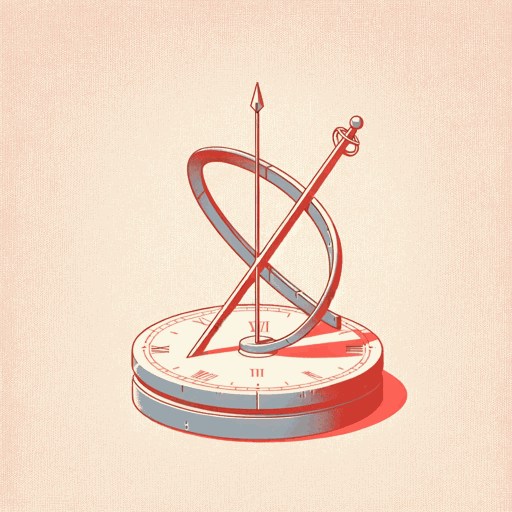
A Lost Lady
Willa Cather

A Wagner Matinee
Willa Cather

Coming, Aphrodite!
Willa Cather

Death Comes for the Archbishop
Willa Cather

Lucy Gayheart
Willa Cather
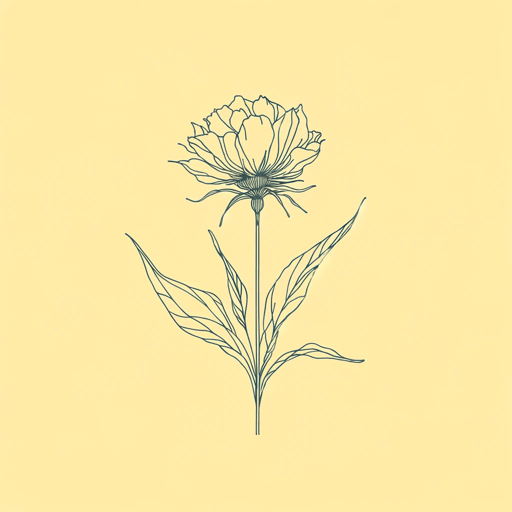
My Antonia
Willa Cather

Neighbour Rosicky
Willa Cather

One Of Ours
Willa Cather
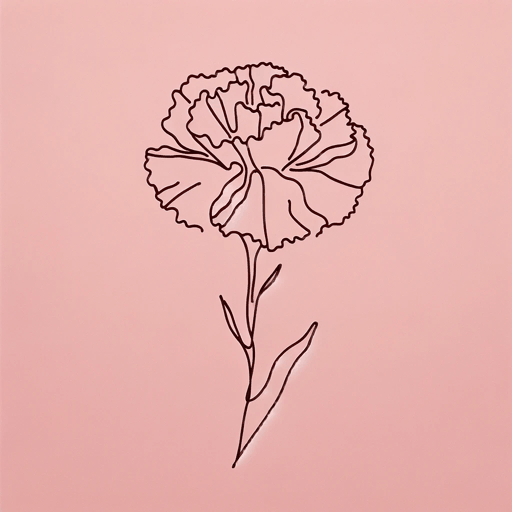
Paul's Case
Willa Cather

Shadows on the Rock
Willa Cather

The Professor's House
Willa Cather

The Sculptor's Funeral
Willa Cather
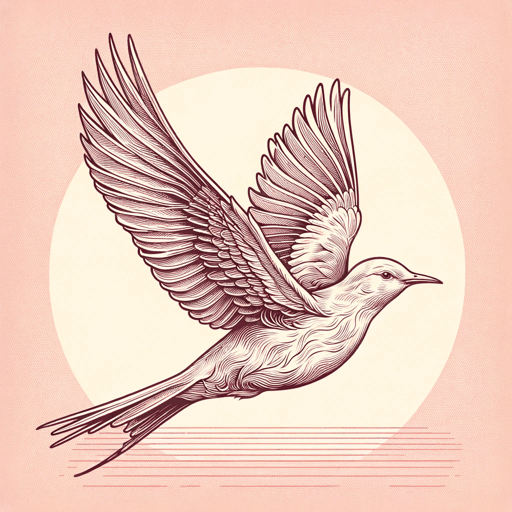
The Song of the Lark
Willa Cather
